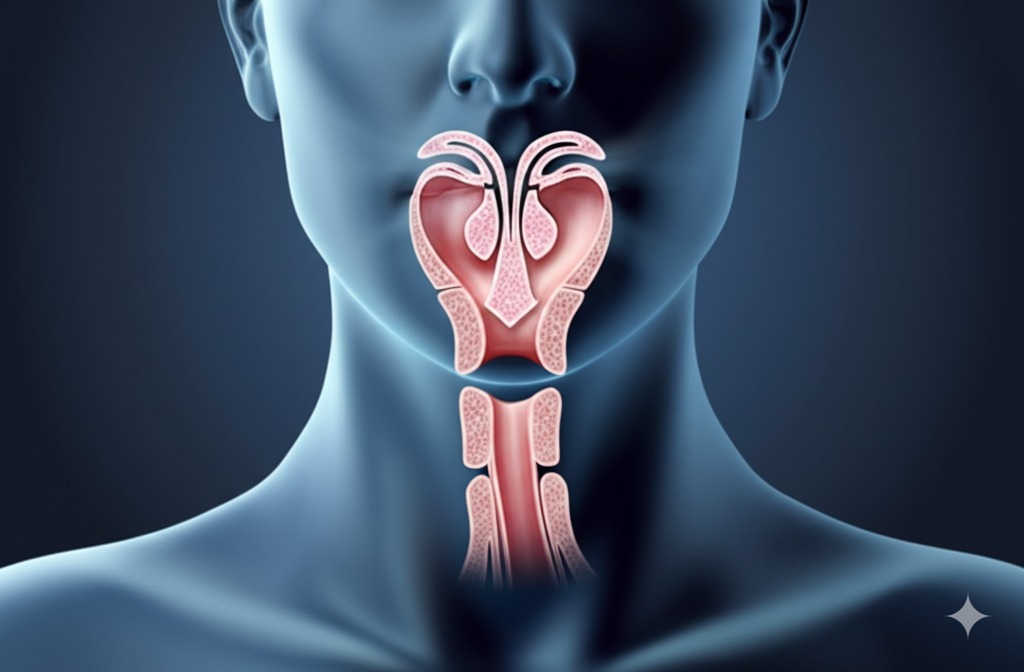Sleep apnea is a common but serious sleep disorder where breathing repeatedly stops and starts during sleep. These pauses, called apneas, can last from a few seconds to minutes and may occur 30 times or more an hour. Recognizing the signs, understanding the risks, and exploring treatment options is crucial for managing this condition and protecting your overall health.
Types of Sleep Apnea
There are three main types of sleep apnea:
1. Obstructive Sleep Apnea (OSA)
The most common form, caused by the relaxation of throat muscles, which blocks the airway during sleep.
2. Central Sleep Apnea (CSA)
Occurs when the brain fails to send proper signals to the muscles that control breathing.
3. Complex/Mixed Sleep Apnea
A combination of both OSA and CSA.
Recognizing the Symptoms
Since sleep apnea occurs during sleep, many people are unaware they have it. Often, a bed partner notices the signs first. Common symptoms include:
Common Signs:
- Loud snoring (though not everyone who snores has apnea)
- Episodes of stopped breathing during sleep (witnessed by another person)
- Gasping for air during sleep
- Abrupt awakenings accompanied by shortness of breath
- Waking up with a dry mouth or sore throat
- Morning headache
- Excessive daytime sleepiness (hypersomnia)
- Difficulty staying asleep (insomnia)
- Attention problems or difficulty concentrating
- Irritability
Who is at Risk?
While sleep apnea can affect anyone, certain factors increase the risk:
Risk Factors for Sleep Apnea:
- Excess Weight: Fat deposits around the upper airway can obstruct breathing.
- Neck Circumference: Thicker necks may have narrower airways.
- Narrowed Airway: Inherited narrow throat or enlarged tonsils/adenoids.
- Being Male: Men are two to three times more likely to have sleep apnea.
- Age: Risk increases significantly with age.
- Family History: Having family members with sleep apnea increases risk.
- Alcohol, Sedatives, or Tranquilizers: These substances relax throat muscles.
- Smoking: Smokers are three times more likely to have OSA.
- Nasal Congestion: Difficulty breathing through the nose increases risk.
- Medical Conditions: Congestive heart failure, high blood pressure, type 2 diabetes, Parkinson's disease, hormonal disorders, and prior stroke increase risk.
The Health Consequences of Untreated Sleep Apnea
Untreated sleep apnea is more than just an annoyance; it's a serious health risk. The repeated drops in blood oxygen levels and fragmented sleep put significant strain on the body, increasing the risk of:
- High blood pressure (hypertension)
- Heart problems (heart attack, irregular heartbeats, heart failure)
- Stroke
- Type 2 diabetes
- Metabolic syndrome
- Daytime fatigue and accidents (driving, work-related)
- Complications with medications and surgery
- Liver problems
- Mood disorders (depression, anxiety)
- Memory problems
Diagnosis: Getting Tested
If you suspect you have sleep apnea, consulting a doctor is essential. Diagnosis typically involves:
- Medical History & Symptom Review: Discussing your symptoms, sleep habits, and risk factors.
- Physical Examination: Checking your mouth, nose, and throat for potential obstructions.
- Sleep Study (Polysomnography): This is the gold standard for diagnosis. It can be done overnight in a sleep center or sometimes with a home sleep apnea test (HSAT). These tests monitor heart rate, blood oxygen levels, airflow, breathing patterns, limb movements, and brain waves during sleep.
Treatment Options: Breathing Easier
Treatment aims to keep the airway open during sleep. Options range from lifestyle changes to medical devices and surgery:
Common Treatments:
- Lifestyle Changes: Weight loss (if overweight), avoiding alcohol and sedatives, quitting smoking, changing sleep position (e.g., sleeping on your side). Often effective for mild cases or used in conjunction with other therapies.
- Continuous Positive Airway Pressure (CPAP): The most
common and effective treatment for moderate to severe OSA. A machine
delivers pressurized air through a mask worn over the nose or nose
and mouth, keeping the airway open.
Icon: CPAP Mask
- Oral Appliances: Custom-fitted devices worn in the mouth during sleep, similar to a mouthguard. They work by repositioning the jaw or tongue to keep the airway open. Suitable for mild to moderate OSA or those who cannot tolerate CPAP.
- Other Airway Pressure Devices: Bilevel positive airway pressure (BiPAP) or adaptive servo-ventilation (ASV) may be used for CSA or complex sleep apnea.
- Surgery: Various surgical options exist to remove tissue, reposition the jaw, or implant devices, usually considered if other treatments fail. Examples include Uvulopalatopharyngoplasty (UPPP), jaw advancement, or hypoglossal nerve stimulation.
Importance of Adherence
For treatments like CPAP to be effective, consistent nightly use is crucial. Working closely with your doctor or sleep specialist to find the right mask fit and pressure settings can significantly improve comfort and adherence.
Sleep apnea is a manageable condition. If you experience symptoms or have risk factors, don't ignore them. Seeking diagnosis and adhering to treatment can dramatically improve your sleep quality, daytime energy, and long-term health, reducing your risk for serious complications. Talk to your doctor about your sleep concerns.




